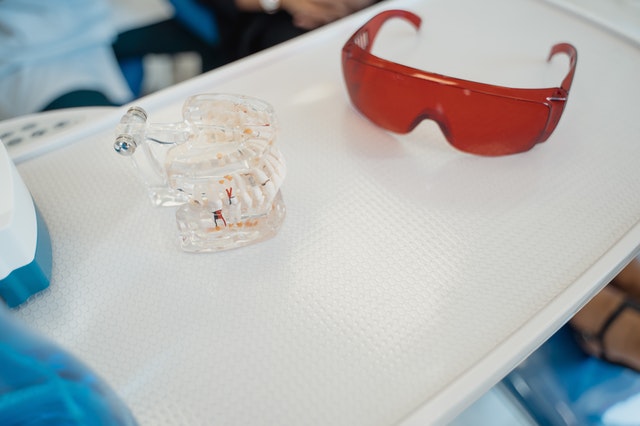The urethane casting process is an alternative to injection molding or CNC machining to manufacture Plastic Prototypes. It utilizes silicon mold and Urethane Resin instead of a metal mold and plastic material.

Urethane Casting Process
The urethane casting process is different from vacuum casting. We can manufacture urethane casting parts in the following steps.
Step-1: Create a Masterpiece or Master Pattern
Master Pattern is the replica of the actual part manufactured using CNC machining or the 3D Printing process. Engineers recommend considering the shrinkage factor during the manufacturing of the master pattern.
Step-2: Create Silicon Mold
Place the master pattern inside liquid silicon to create a negative mold. Depending on the part design, 10 to 20 parts manufacturing is feasible from a silicon mold.
Step-3: Pouring Liquid Urethane into Silicon Mold
Afterward, two separate urethane liquids are mixed in a defined ratio specified by the manufacturer and poured into the silicone mold.
Step-4: Curing
The curing process is also known as room temperature vulcanization. During curing, mixed liquids react with each other at room temperature and form a solid part. The curing time depends on the material and can vary from liquid manufacturer to manufacturer.
Step-5: Part Removal
Once the part is ready, you can remove it from the silicon mold.
Types of Urethane Material / Resin
Compared to injection molding, urethane casting materials are limited. The following types of urethane casting materials are available in the market. Each material type has different application and processing parameters.
- Rigid Materials
- Elastomeric Materials
- Transparent and Tinted Materials
- Paintable materials
Benefits and Disadvantages of Urethane Casting
Benefits of Urethane Casting
Urethane Casting has the following benefits or advantages.
- Low initial investment Cost
- Can manufacture low production volume parts similar to injection molding.
- Prototyping transparent parts are feasible.
- Tinting base material is possible.
- Insert molding is feasible.
- Urethane painting grades are available.
- Part Processing is easy
- Low manufacturing lead time.
- FDA-approved material grades are available.
Disadvantages of Urethane Casting
- Limited material options are available.
- The difference in mechanical properties of a material compared to injection molding material.
- Can manufacture a limited number of parts (10 to 20 nos) with one silicon mold.
What is the difference between Urethane Casting Vs. Plastic Injection Moulding
| Parameter | Urethane Casting | Injection Molding |
|---|---|---|
| Manufacturing Lead Time | Short Lead Time | High Manufacturing Lead time |
| Best used for | Low Production Run (20 to 100 nos) | High Production Run (more than 5000 nos) |
| Tooling Cost | Minimal. | Very High (Depends on production Quantity) |
| Unit part Cost | High | Low |
| Material Availability | Limited material options are available. | Thousands of Injection molding plastic material grades are available. |
Frequently Asked Questions: FAQ
No, for very small production volumes urethane casting is cheaper than injection molding or other plastic prototyping processes.
Both are Same.
Depending on part complexity and design we can manufacture 10 to 25 parts using silicon molds.

Add a Comment